What is Moru Curry?
A Kerala style curry, Moru is a yogurt based curry that can be made either with or without coconut. The word “Moru” refers to “buttermilk” in Malayalam. My mom’s recipe actually calls for curd or yogurt instead of buttermilk. Sour curd is whisked in water to get a buttermilk like consistency. Moru curry can also be made with traditional buttermilk acquired from churning butter. Both ways the curry tastes just like the authentic dish I grew up with. Also known as Nadan Moru Curry, Moru Charu, Kachiya Moru or Pulissery, Moru Curry is a part of the Onam Sadya. Spiced with green chilies for heat, cumin for perfumed warmth and ground coconut, this delicious dish is perfect on a hot summer’s day. No matter what you call it, this meal is sure to please.
Why this recipe works
My mom’s recipe uses ground coconut, green chilies and cumin paste, all of which bring a great deal of flavor to the curry. It can be made without adding the coconut paste depending on your flavor preferences, too. While many of you are familiar with my cooking, I learned from the very best – my mom. This recipe is her version of Moru Curry, and it is delicious. If you are wanting to make this Keralan specialty at home, I highly suggest you try this delightful and simple pulissery recipe. While sometimes this dish is simply served over rice, I sometimes choose to add in a whole host of vegetables to turn it into a full-on meal. If you love veggies as much as I do, I suggest trying my recipe with my favorites for this curry: taro root, ash gourd, yam and malabar cucumber (yellow cucumber or vellarikka). If you opt to serve it as a plain pulissery without veggies, don’t worry. It is jam-packed with flavor and will be sure to tantalize your tastebuds all the same. Happy eating!
How should I prepare my vegetables for this curry?
My personal favorite vegetables to add to Moru Curry or pulissery are taro root (a.k.a. arbi), ash gourd, yam and malabar cucumber. Follow the instructions below to make these vegetables the most flavorful:
Taro root (arbi, chembu): Peel and steam or cook taro roots in pan. Then lightly fry or sauté in coconut oil. Add to the buttermilk mixture. Ash gourd (kumbalanga): Peel, chop, boil or steam. Drain, add to the curd and coconut paste mixture. Yam: Peel, chop, steam or boil. Strain the water. Add steamed yam to the buttermilk mixture. Malabar cucumber (vellarikka): Peel, remove the seeds, chop and cook in water until tender. Drain the water and add to the curd mixture. Greens: Spinach, amaranth and drumstick leaves are some healthy options. You can either sauté the chopped leaves in coconut oil, until they wilt and add to the yogurt mixture. Or you can blanch, mash and then use in the pulissery recipe.
How to Make Moru Curry
To make my mom’s Moru Curry recipe, there are five steps you’ll need to complete. First, make your coconut paste.
1. Making Coconut Paste
- Add ½ cup grated fresh coconut, 1 teaspoon chopped green chilies (equivalent to 2 to 3 chilies) and 1 teaspoon cumin seeds in a spice grinder or blender.
- Add 4 to 5 tablespoons water and grind to smooth paste. Set aside. Now you are ready to move on to step 2, making the buttermilk mixture.
2. Making Curd Mixture
- In a saucepan or pot, add 1 cup sour curd (yogurt). TIP: If your curd (or yogurt) isn’t sour tasting, keep it at room temperature for 2 to 4 hours until the taste becomes sour. The curd should be sour and not rancid or spoiled. You should be able to smell the difference, with good curd smelling a bit sour and astringent.
- Add 1 cup water and ¼ teaspoon turmeric powder. If you added more water to your coconut paste, then add less water at this step.
- Whisk to a smooth buttermilk consistency.
- Add the ground coconut paste from step 1.
- Add salt as needed.
- Mix buttermilk with paste and salt until well combined.
3. Making Moru Curry
- Place the saucepan filled with the buttermilk-coconut mixture on the stovetop over low heat.
- Whisk occasionally, every 2 to 3 minutes.
- Let the mixture become hot, but do not allow it to come to a boil. When you see steam coming from the mixture, remove it from the heat. Cover and set aside. Boiling can curdle this delicate yogurt curry.
- You are now ready to move on to step 3, tempering the spices.
4. Tempering
Tempering is a vital step in Indian cooking. Unlike the term as it is known in America (which specifically refers to chocolate), tempering is all about extracting maximum flavor from spices. To properly temper your spices for this Moru Curry recipe, I recommend using coconut oil. This will offer the most traditional and authentic flavor to the dish.
- Heat 2 tablespoons coconut oil in a small pan over medium heat. Add ½ teaspoon mustard seeds.
- Let mustard seeds crackle. This is the magical part of tempering aka tadka! All of the spices in the oil are awakening when you hear that crackly sound.
- Add 10 to 12 curry leaves, 7 to 8 fenugreek seeds (methi seeds) and 2 dry red chilies (broken in half without stems and seeds removed).
- Add ¼ cup sliced shallots or pearl onions and ½ teaspoon finely chopped ginger.
- Mix and begin to sauté on a low heat.
- Sauté until onions turn light golden or golden.
- Now it is time to move on to step 4, which will assemble these component pieces.
5. Assembling Moru Curry
- Pour entire tempering mixture in the cooked buttermilk, including the oil.
- Cover and let the flavors infuse for a few minutes.
- Garnish with chopped coriander leaves (optional) and serve moru curry hot or warm with steamed rice.
Please be sure to rate the recipe in the recipe card or leave a comment below if you have made it. For more vegetarian inspirations, Sign Up for my emails or follow me on Instagram, Youtube, Facebook, Pinterest or Twitter. Olan Recipe | Kerala Olan Curry Kootu Curry | Koottukari Recipe Kalan Recipe | Kerala Kalan Curry Mathanga Erissery | Pumpkin Erissery Recipe
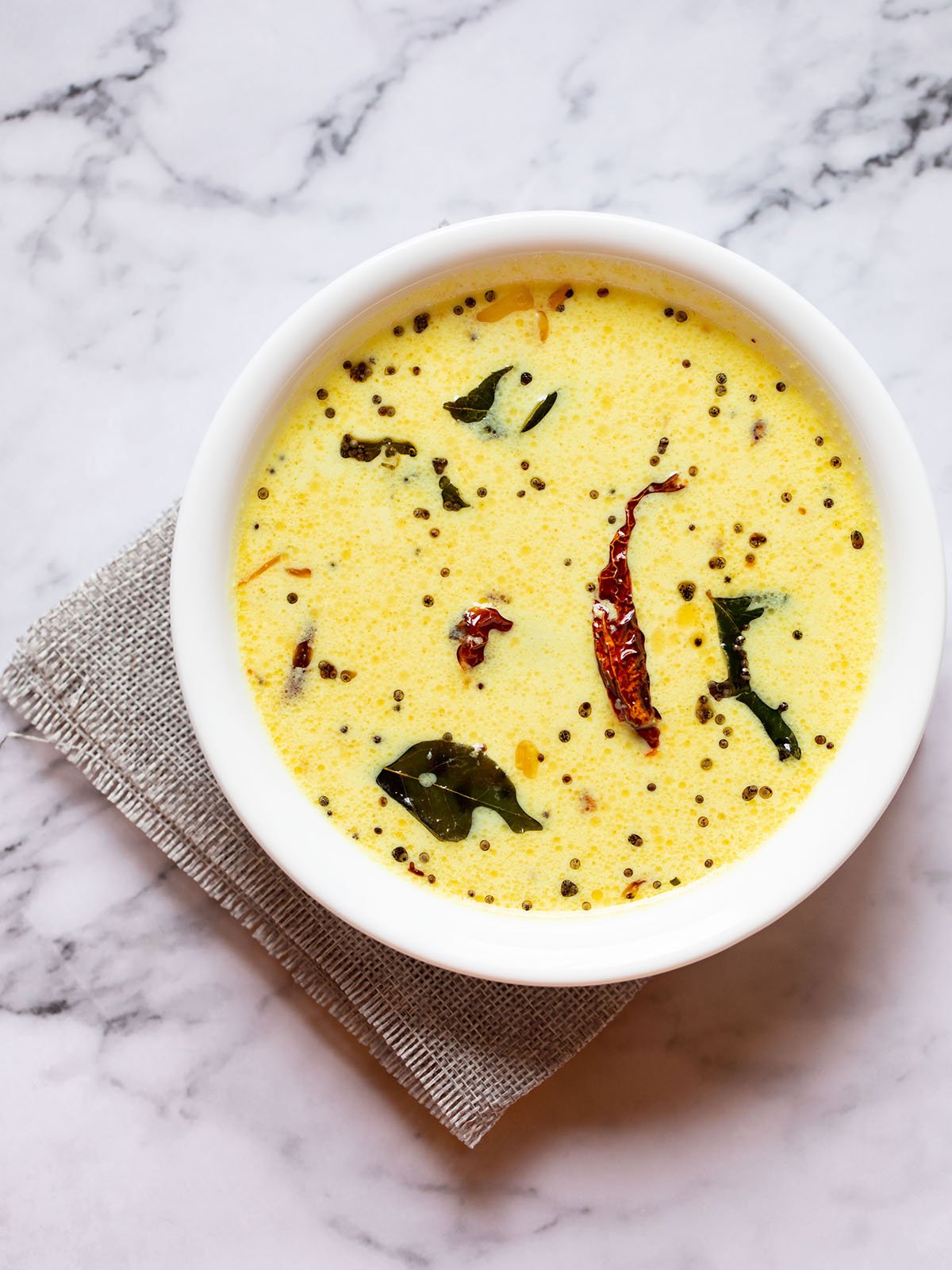
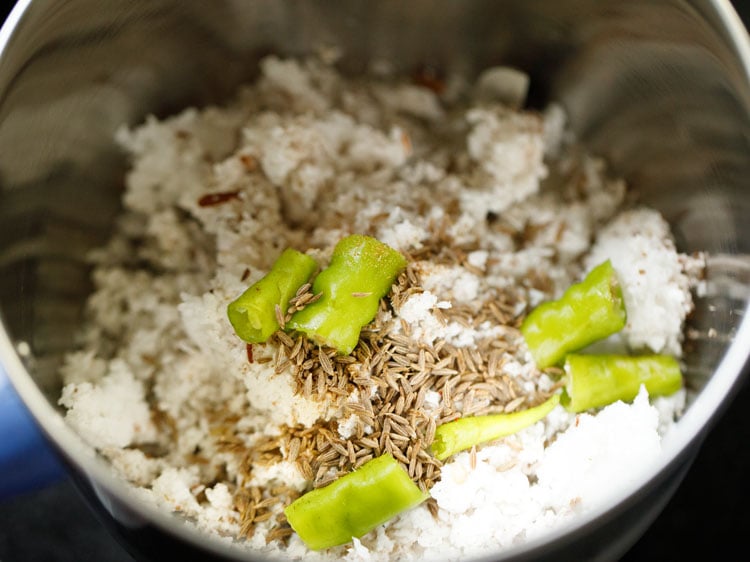
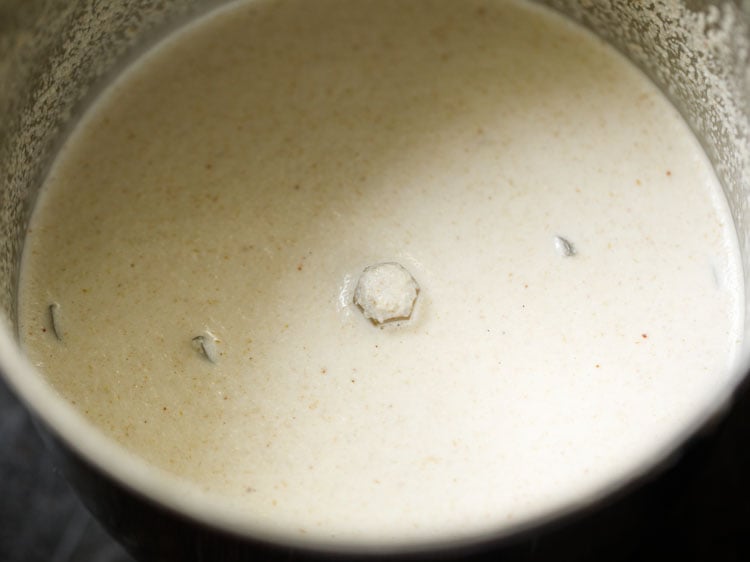
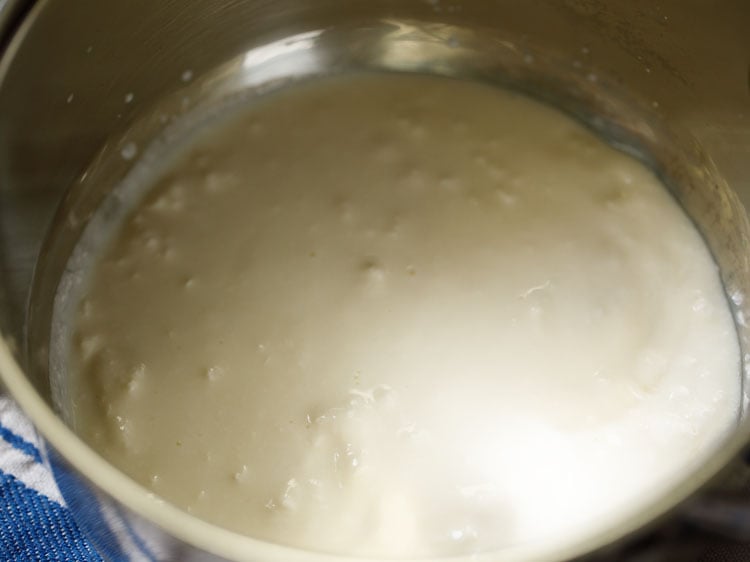
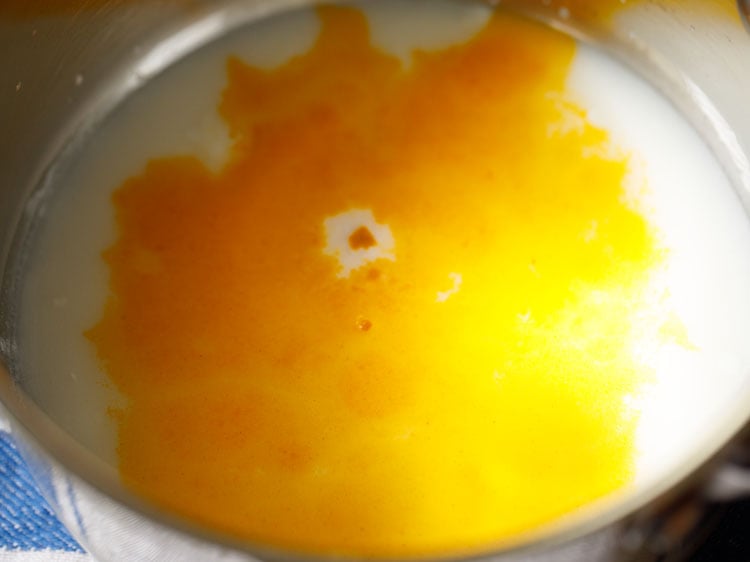
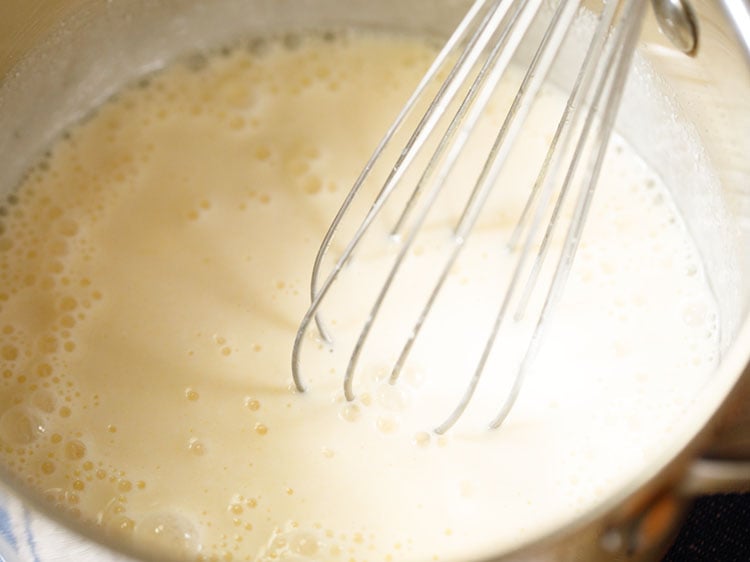

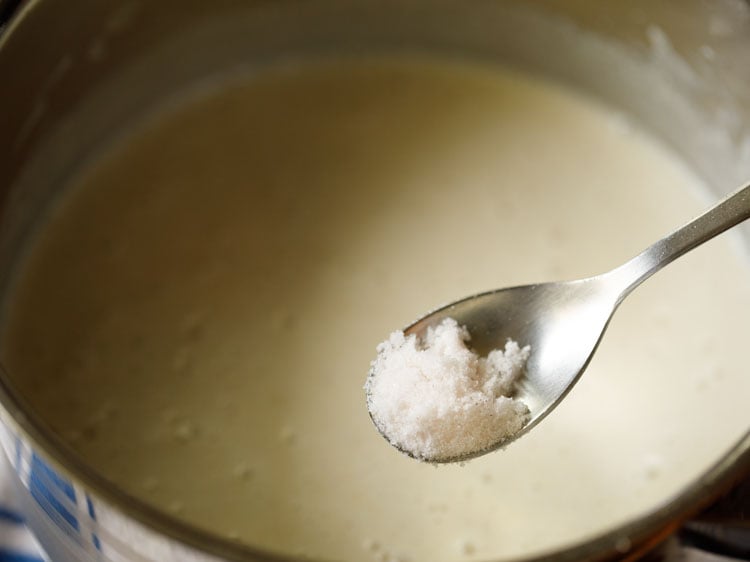
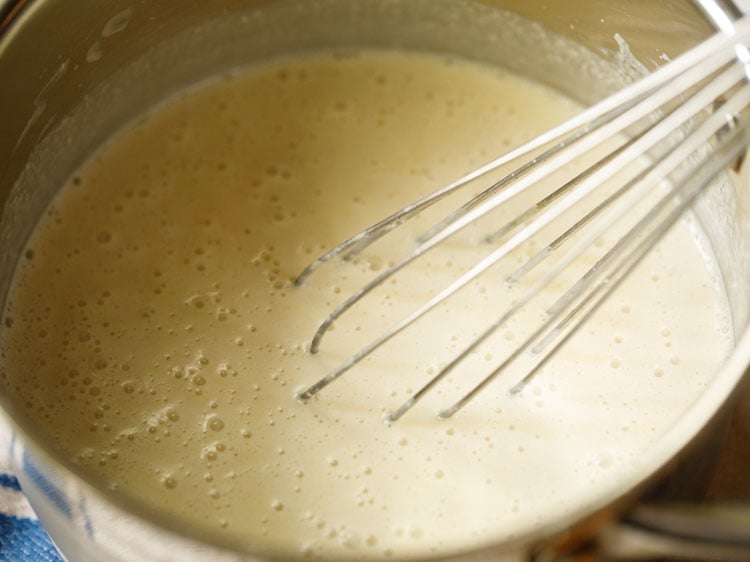
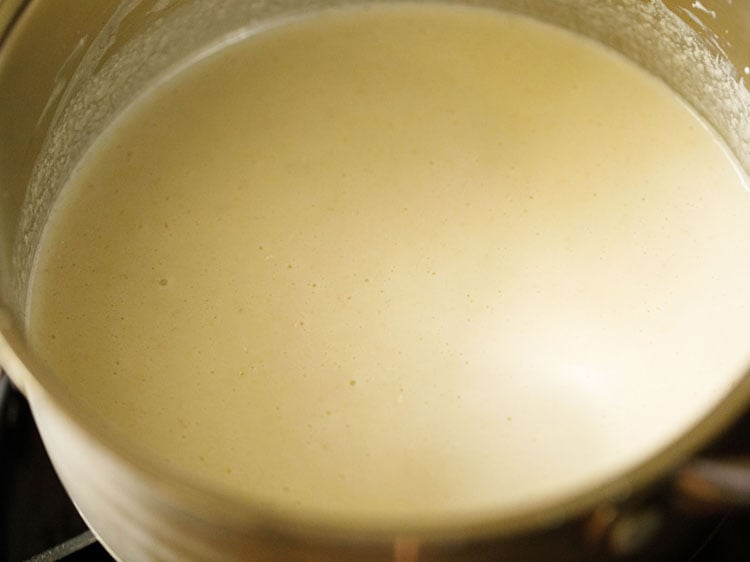
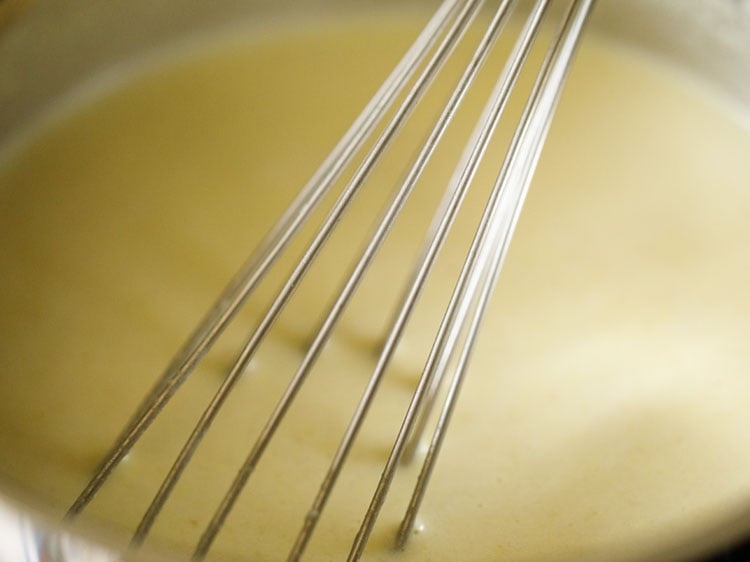
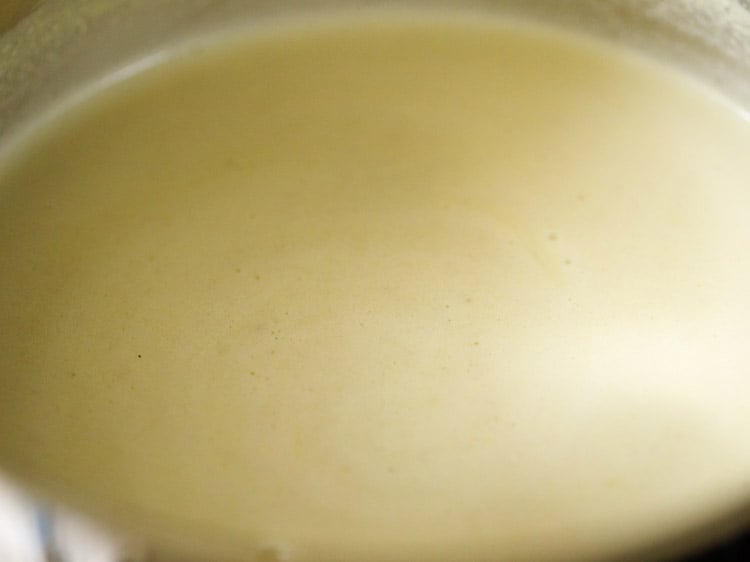
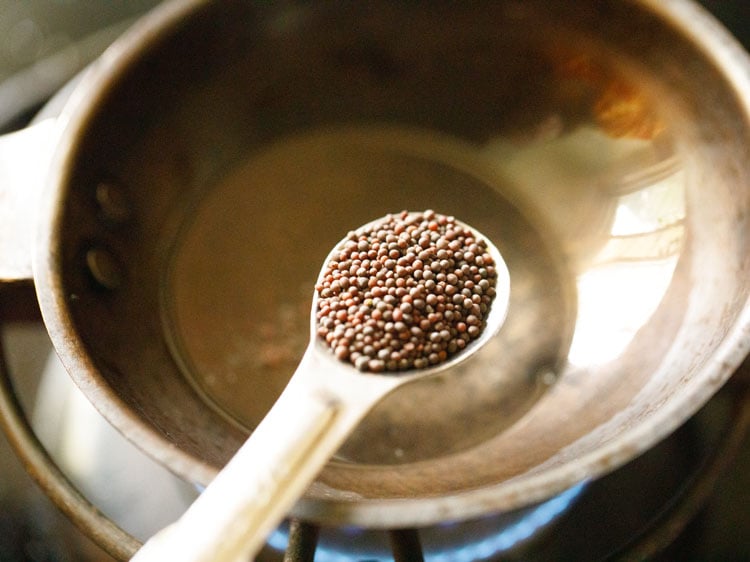
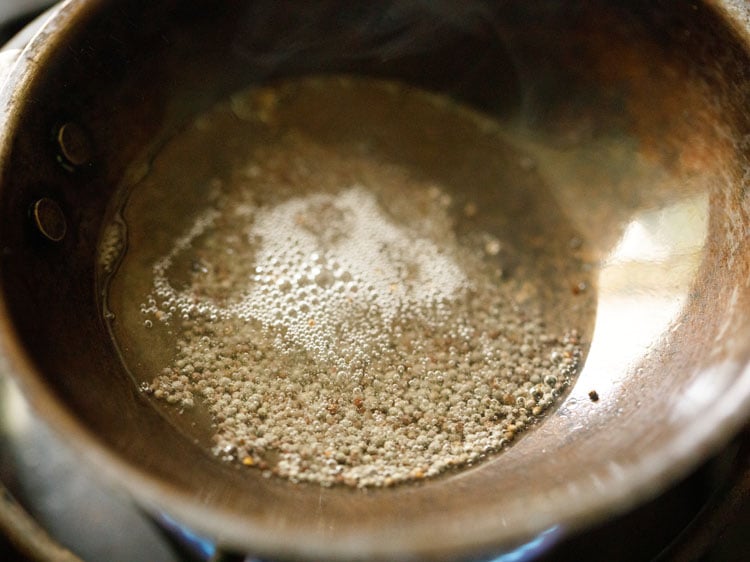
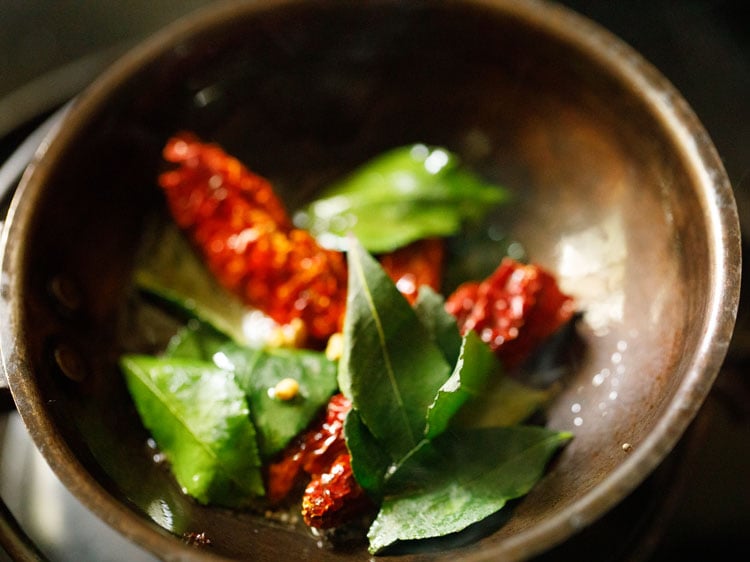
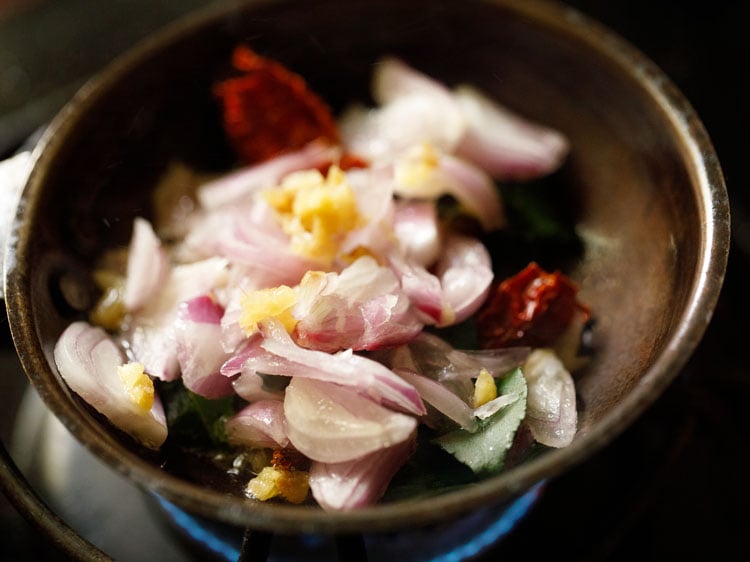
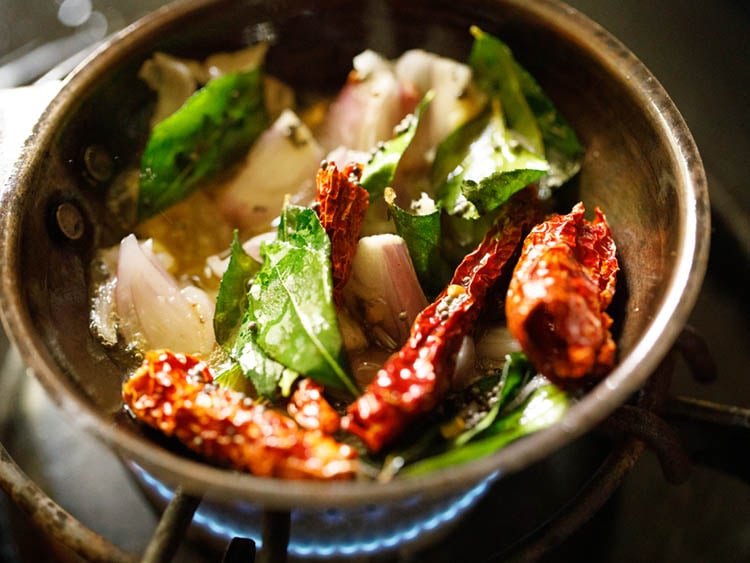
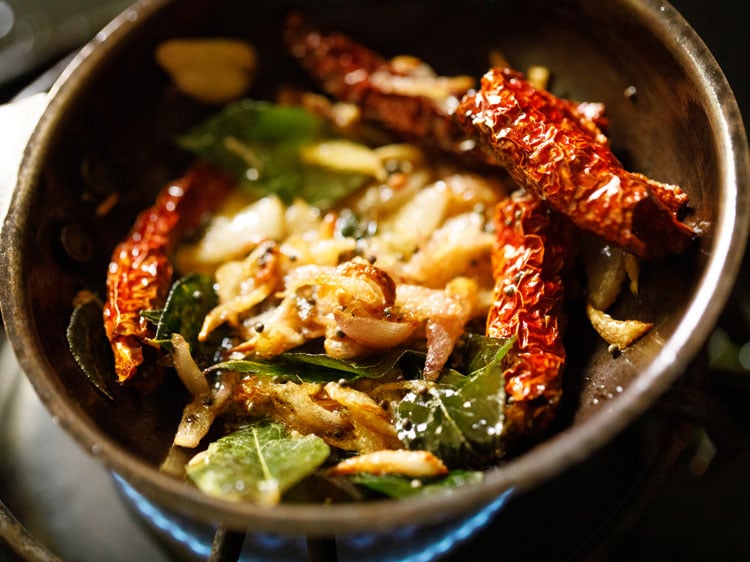
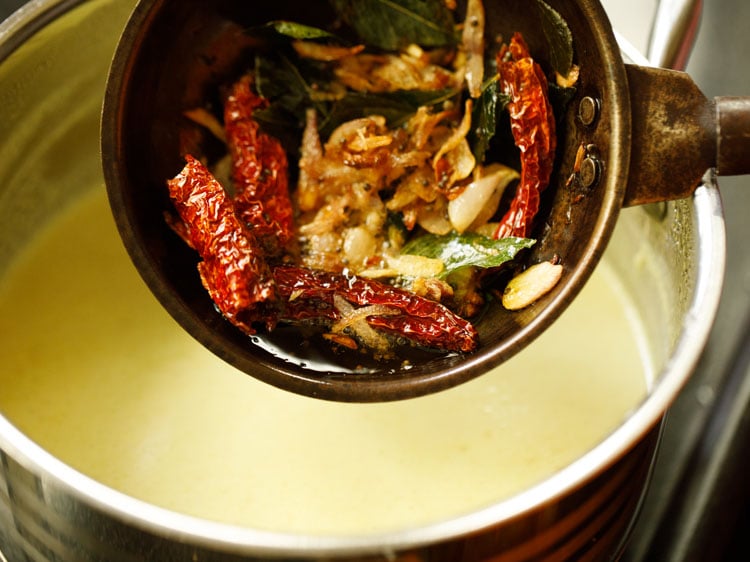
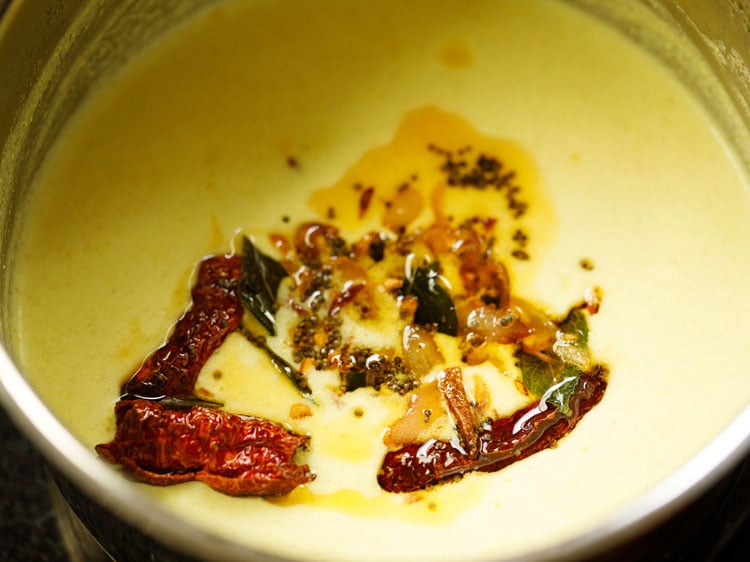
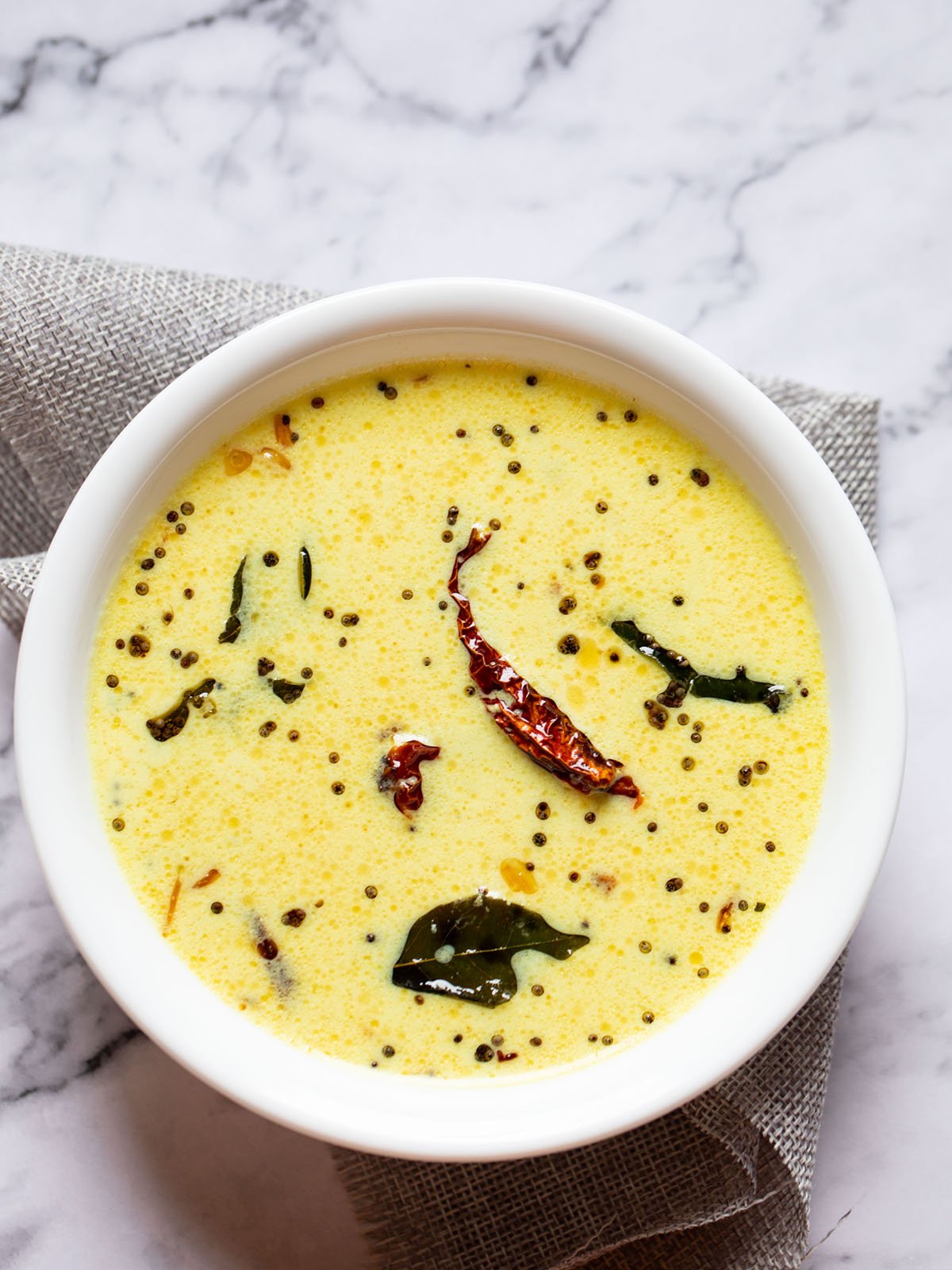
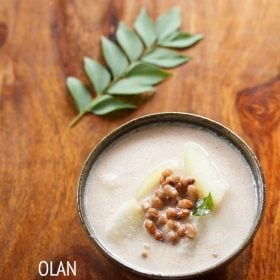
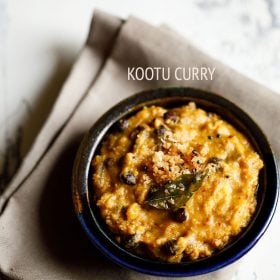
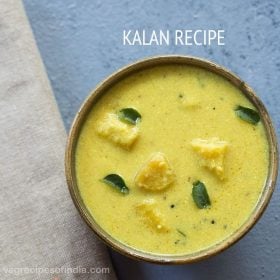
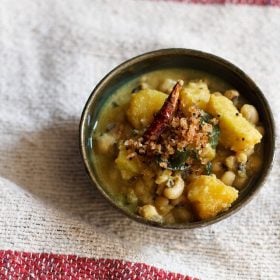
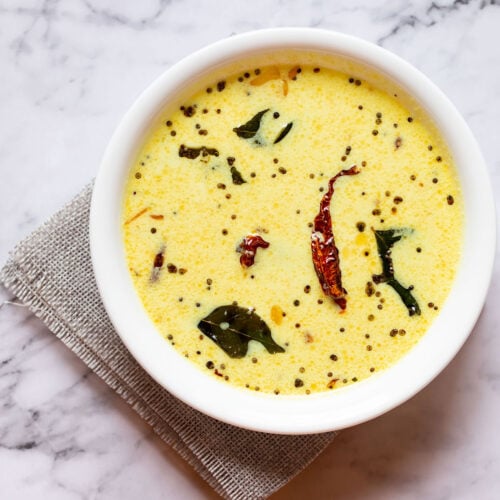
title: “Moru Curry Pulissery Recipe " ShowToc: true date: “2024-10-23” author: “Helen Palma”
What is Moru Curry?
A Kerala style curry, Moru is a yogurt based curry that can be made either with or without coconut. The word “Moru” refers to “buttermilk” in Malayalam. My mom’s recipe actually calls for curd or yogurt instead of buttermilk. Sour curd is whisked in water to get a buttermilk like consistency. Moru curry can also be made with traditional buttermilk acquired from churning butter. Both ways the curry tastes just like the authentic dish I grew up with. Also known as Nadan Moru Curry, Moru Charu, Kachiya Moru or Pulissery, Moru Curry is a part of the Onam Sadya. Spiced with green chilies for heat, cumin for perfumed warmth and ground coconut, this delicious dish is perfect on a hot summer’s day. No matter what you call it, this meal is sure to please.
Why this recipe works
My mom’s recipe uses ground coconut, green chilies and cumin paste, all of which bring a great deal of flavor to the curry. It can be made without adding the coconut paste depending on your flavor preferences, too. While many of you are familiar with my cooking, I learned from the very best – my mom. This recipe is her version of Moru Curry, and it is delicious. If you are wanting to make this Keralan specialty at home, I highly suggest you try this delightful and simple pulissery recipe. While sometimes this dish is simply served over rice, I sometimes choose to add in a whole host of vegetables to turn it into a full-on meal. If you love veggies as much as I do, I suggest trying my recipe with my favorites for this curry: taro root, ash gourd, yam and malabar cucumber (yellow cucumber or vellarikka). If you opt to serve it as a plain pulissery without veggies, don’t worry. It is jam-packed with flavor and will be sure to tantalize your tastebuds all the same. Happy eating!
How should I prepare my vegetables for this curry?
My personal favorite vegetables to add to Moru Curry or pulissery are taro root (a.k.a. arbi), ash gourd, yam and malabar cucumber. Follow the instructions below to make these vegetables the most flavorful:
Taro root (arbi, chembu): Peel and steam or cook taro roots in pan. Then lightly fry or sauté in coconut oil. Add to the buttermilk mixture. Ash gourd (kumbalanga): Peel, chop, boil or steam. Drain, add to the curd and coconut paste mixture. Yam: Peel, chop, steam or boil. Strain the water. Add steamed yam to the buttermilk mixture. Malabar cucumber (vellarikka): Peel, remove the seeds, chop and cook in water until tender. Drain the water and add to the curd mixture. Greens: Spinach, amaranth and drumstick leaves are some healthy options. You can either sauté the chopped leaves in coconut oil, until they wilt and add to the yogurt mixture. Or you can blanch, mash and then use in the pulissery recipe.
How to Make Moru Curry
To make my mom’s Moru Curry recipe, there are five steps you’ll need to complete. First, make your coconut paste.
1. Making Coconut Paste
- Add ½ cup grated fresh coconut, 1 teaspoon chopped green chilies (equivalent to 2 to 3 chilies) and 1 teaspoon cumin seeds in a spice grinder or blender.
- Add 4 to 5 tablespoons water and grind to smooth paste. Set aside. Now you are ready to move on to step 2, making the buttermilk mixture.
2. Making Curd Mixture
- In a saucepan or pot, add 1 cup sour curd (yogurt). TIP: If your curd (or yogurt) isn’t sour tasting, keep it at room temperature for 2 to 4 hours until the taste becomes sour. The curd should be sour and not rancid or spoiled. You should be able to smell the difference, with good curd smelling a bit sour and astringent.
- Add 1 cup water and ¼ teaspoon turmeric powder. If you added more water to your coconut paste, then add less water at this step.
- Whisk to a smooth buttermilk consistency.
- Add the ground coconut paste from step 1.
- Add salt as needed.
- Mix buttermilk with paste and salt until well combined.
3. Making Moru Curry
- Place the saucepan filled with the buttermilk-coconut mixture on the stovetop over low heat.
- Whisk occasionally, every 2 to 3 minutes.
- Let the mixture become hot, but do not allow it to come to a boil. When you see steam coming from the mixture, remove it from the heat. Cover and set aside. Boiling can curdle this delicate yogurt curry.
- You are now ready to move on to step 3, tempering the spices.
4. Tempering
Tempering is a vital step in Indian cooking. Unlike the term as it is known in America (which specifically refers to chocolate), tempering is all about extracting maximum flavor from spices. To properly temper your spices for this Moru Curry recipe, I recommend using coconut oil. This will offer the most traditional and authentic flavor to the dish.
- Heat 2 tablespoons coconut oil in a small pan over medium heat. Add ½ teaspoon mustard seeds.
- Let mustard seeds crackle. This is the magical part of tempering aka tadka! All of the spices in the oil are awakening when you hear that crackly sound.
- Add 10 to 12 curry leaves, 7 to 8 fenugreek seeds (methi seeds) and 2 dry red chilies (broken in half without stems and seeds removed).
- Add ¼ cup sliced shallots or pearl onions and ½ teaspoon finely chopped ginger.
- Mix and begin to sauté on a low heat.
- Sauté until onions turn light golden or golden.
- Now it is time to move on to step 4, which will assemble these component pieces.
5. Assembling Moru Curry
- Pour entire tempering mixture in the cooked buttermilk, including the oil.
- Cover and let the flavors infuse for a few minutes.
- Garnish with chopped coriander leaves (optional) and serve moru curry hot or warm with steamed rice.
Please be sure to rate the recipe in the recipe card or leave a comment below if you have made it. For more vegetarian inspirations, Sign Up for my emails or follow me on Instagram, Youtube, Facebook, Pinterest or Twitter. Olan Recipe | Kerala Olan Curry Kootu Curry | Koottukari Recipe Kalan Recipe | Kerala Kalan Curry Mathanga Erissery | Pumpkin Erissery Recipe

























